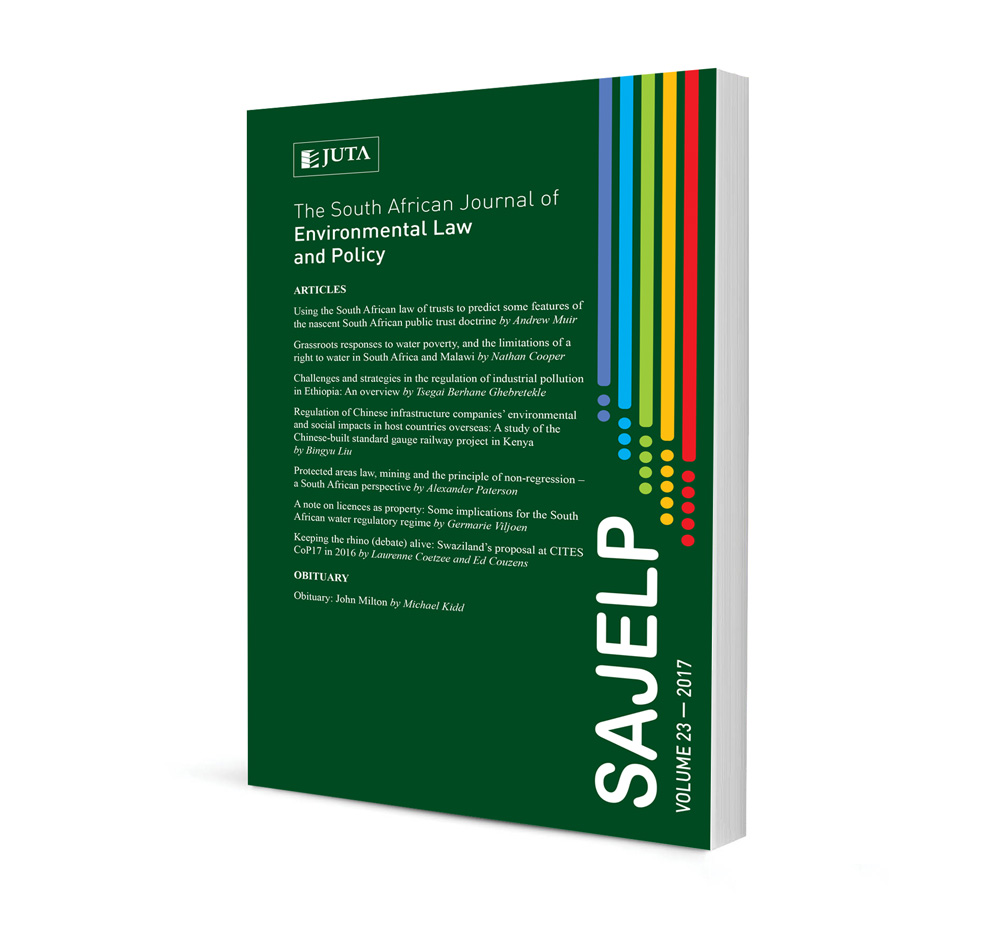Abstract
Hydraulic fracturing or fracking can cause immeasurable damage to the fragile Karoo ecosystem and its water resources. The old adage that where damage goes, insurance is certain to follow, most certainly applies. Insurance against environmental damage such as that which will result from fracking poses unique challenges, for both property and liability insurance. Years often pass between the polluting conduct, the eventual manifestation of the damage and the eventual submission of a claim by an insured against his insurer. Damage is often progressive and the health of victims deteriorates over time. This will no doubt be the situation in the Karoo, as past experience in other countries such as the United States has shown that the true extent of environmental damage caused by fracking activities only manifests in future. The purpose of this contribution is to sensitise potential insurers and potential insureds of the risks and complexities of insurance claims against long-term environmental damage. Different insurance trigger events that activate insurance cover follow the different phases of polluting events or conduct and the resulting detrimental consequences. Insurance claims for loss or damage can vest on an act-committed basis, where the insurer who provided cover at the time at which the polluting act occurred incurs liability to pay out under the policy. The insurer remains liable even where the eventual loss only manifests in future. In this case an insured has a claim against a historical insurer, which can prove to be to his disadvantage if the insurance company has ceased to exist, policy limits are insufficient or policy provisions are outdated. Where a policy is issued with a loss-occurrence or loss-manifestation trigger, the loss may be claimed when the loss or damage caused by the pollution becomes evident, irrespective of when it was caused. In the case of insurance with a claims- made trigger, the policy that is in force at the time when the insured has suffered and assessed his loss and is able to submit an insurance claim, provides cover. It is irrelevant when the polluting event occurred or when the loss became evident. Insurance issued on a claims-made basis leads to retroactivity where an insurer inherits older historical claims, which can be prejudicial for insurers. Where an insured changes insurers and changes from a claims-made to a loss-occurrence trigger, and a loss occurs yet manifests only in future, the insured may not enjoy coverage at all. Risk managers, policyholders, brokers and agents must launch due diligence investigations to determine the scope and extent of insurance coverage by evaluating the effects of these specific trigger events.
